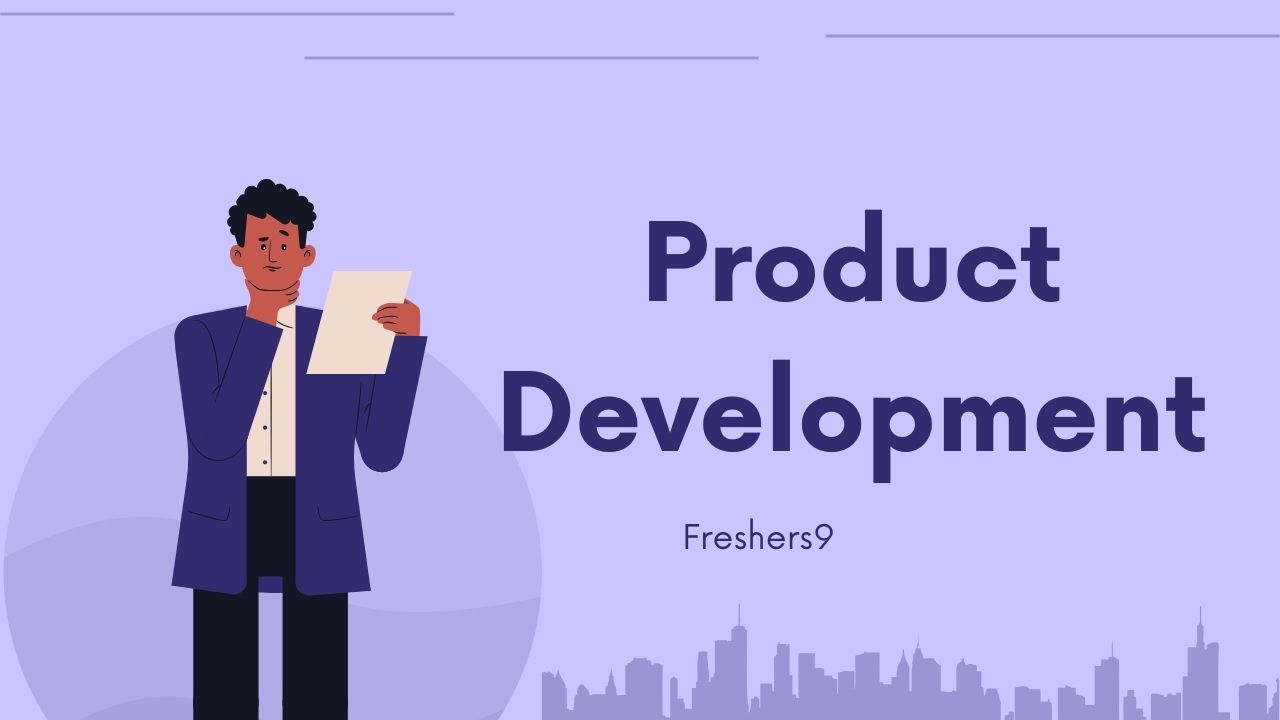Transform Your Idea into Reality: Our Step-by-Step Product Development Process
Turning an idea into a tangible product requires more than just creativity—it demands a structured approach, meticulous planning, and effective execution. Whether you're a startup entrepreneur or an established company looking to innovate, understanding the product development process is crucial. This guide aims to provide a detailed roadmap to transform your ideas into market-ready products, covering essential steps, strategies, and considerations along the way.
1. Ideation and Concept Development
Defining Your Vision
- Identify the Problem: Start by pinpointing a specific problem or need that your product will address.
- Market Research: Conduct thorough market research to understand your target audience, competitors, and market trends.
- Brainstorming: Generate ideas and concepts through brainstorming sessions, considering various solutions and approaches.

Concept Validation
- Feasibility Study: Assess the technical, economic, and operational feasibility of each concept.
- Prototyping: Develop prototypes to test and validate your ideas, gathering feedback from potential users and stakeholders.
- Iterative Refinement: Refine your concepts based on feedback, iterating through multiple prototype versions to improve functionality and user experience.
2. Planning and Strategy Development
Product Definition
- Specifications: Define detailed product specifications, outlining features, functionalities, and performance requirements.
- Budgeting: Develop a budget plan, estimating costs for development, production, marketing, and distribution.
- Timeline: Create a project timeline with milestones and deadlines for each development phase.
Market Strategy
- Positioning: Determine your product's unique selling proposition (USP) and positioning strategy in the market.
- Target Audience: Identify and segment your target audience, understanding their needs, preferences, and buying behaviours.
- Go-to-Market Plan: Outline your go-to-market strategy, including sales channels, marketing campaigns, and distribution logistics.
3. Design and Development
Detailed Design
- Industrial Design: Create aesthetic and ergonomic designs that align with user preferences and brand identity.
- Engineering Design: Develop detailed engineering specifications and CAD (Computer-Aided Design) models for manufacturing.
Prototyping and Testing
- Functional Prototypes: Build functional prototypes for testing product performance and usability.
- User Testing: Conduct rigorous testing with real users to gather feedback on functionality, usability, and overall user experience.
- Compliance Testing: Ensure your product complies with relevant industry standards and regulations.
4. Manufacturing and Production
Supplier Selection
- Sourcing: Identify and select reliable suppliers for raw materials, components, and manufacturing processes.
- Contract Negotiation: Negotiate contracts and agreements with suppliers, outlining quality standards, delivery schedules, and pricing terms.
Production Process
- Pilot Production: Initiate pilot production runs to identify and resolve potential manufacturing issues.
- Quality Control: Implement strict quality control measures to maintain consistency and reliability in product manufacturing.
5. Launch and Commercialization
Marketing and Promotion
- Launch Strategy: Execute your go-to-market plan, including product launch events, promotions, and advertising campaigns.
- Sales Channels: Establish distribution channels and partnerships to reach your target market effectively.
- Customer Engagement: Engage with early adopters and customers, collecting valuable feedback and reviews.
Post-Launch Evaluation
- Performance Monitoring: Monitor product performance metrics, sales figures, and customer feedback post-launch.
- Continuous Improvement: Iterate and improve your product based on market response and evolving customer needs.
- Expansion Strategies: Explore opportunities for product line extensions, partnerships, or international expansion.

Transforming an idea into a successful product involves navigating through a series of structured steps, from ideation to commercialization. By following a systematic product development process, integrating user feedback, and adapting to market dynamics, you can increase the chances of creating a product that resonates with your target audience and achieves sustainable growth in the marketplace.
Embarking on the journey of product development requires dedication, innovation, and strategic planning. By embracing creativity, leveraging market insights, and adopting a customer-centric approach, you can turn your vision into reality and establish a competitive edge in your industry. Whether you're a startup entrepreneur or an established company, the process of transforming ideas into market-ready products is both challenging and rewarding, paving the way for innovation and growth.